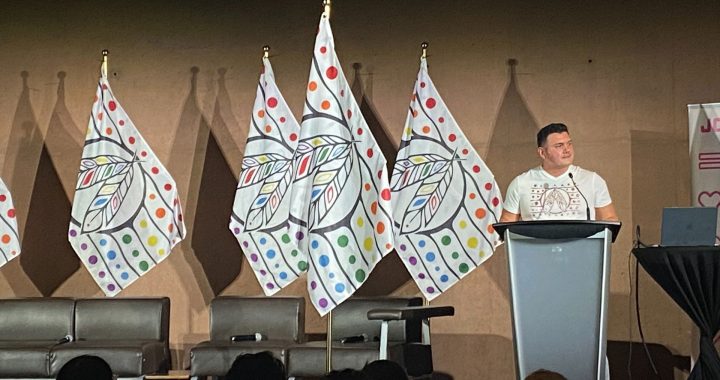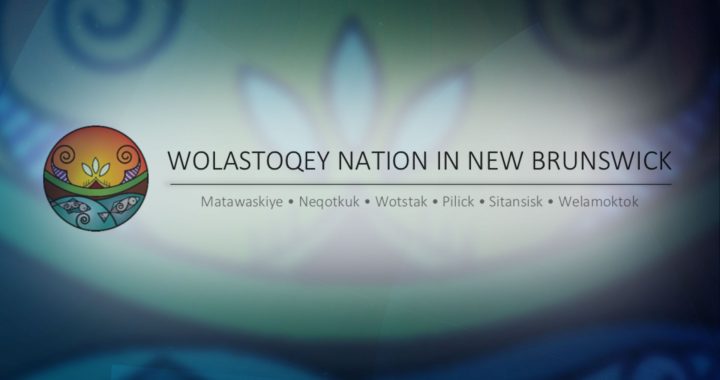Every third weekend in July, hundreds of Red River Métis travel to the historic community of Ste. Madeleine for three days of jigging, jamming and joy.
The former town, located near the Manitoba-Saskatchewan border, was home to more than 200 Métis before they were forcibly displaced in the 1930s.
Soon, their descendants may be able to return permanently.
“This might be the first time … that the land – a piece of land – is given back to us that was robbed from us,” said David Chartrand, president of the Manitoba Métis Federation (MMF), at a ceremony in Ste. Madeleine on July 19.
The MMF announced it signed a memorandum of understanding (MOU) with the Manitoba government to negotiate the transfer of 100 acres of land.
The parcel is mostly Crown or government land where only the cemetery remains.
Manitoba Premier Wab Kinew said the next step is to meet with surrounding First Nations, towns and stakeholders to ensure all voices are heard.
“We’re gonna work with Gambler (First Nation), we’re gonna work other First Nations, we’re gonna make sure we do this thing right,” Kinew told the ceremony that was attended by Gambler Chief David Ledoux.
“I want to say that the goal of what we’re trying to accomplish here is to right a historic wrong.”
Displaced from home
At the turn of the 20th century, about 250 Métis settled in Ste. Madeleine. Many were fleeing the oppression they faced following the Red River and North West rebellions.
It was a modest town with a school, church and cemetery.
However, in the late ‘30s, the lives of the town’s residents would be forever changed.
Following the Great Depression, the federal government established the Prairie Farm Rehabilitation Act (PFRA) to boost the agricultural industry.
In 1939, Ste. Madeleine was burned to the ground to make way for cattle under the PFRA, displacing all of its Métis residents.
“It still bothers me today, this issue,” said Chartrand, “and it bothers every Métis family here, that cattle, a cow, can be worth more than a Métis life.”
Envisioning the future
Throughout his 27 years at the helm of the MMF, Chartrand has heard countless, heart-wrenching stories from former residents and descendants – many of whom say they long to come home.
After learning of the land transfer, some have already shared their visions for the future of Ste. Madeleine.
“People are talking about building little cabins, they’re talking about building different things in this area,” added Chartrand. “They want to come back because they’re going to celebrate more than just once a year.
“They want to keep that memory alive so the next generation will always know the pride and also the dedication and the vigour of our people. We will never give up when we fight for something.”










